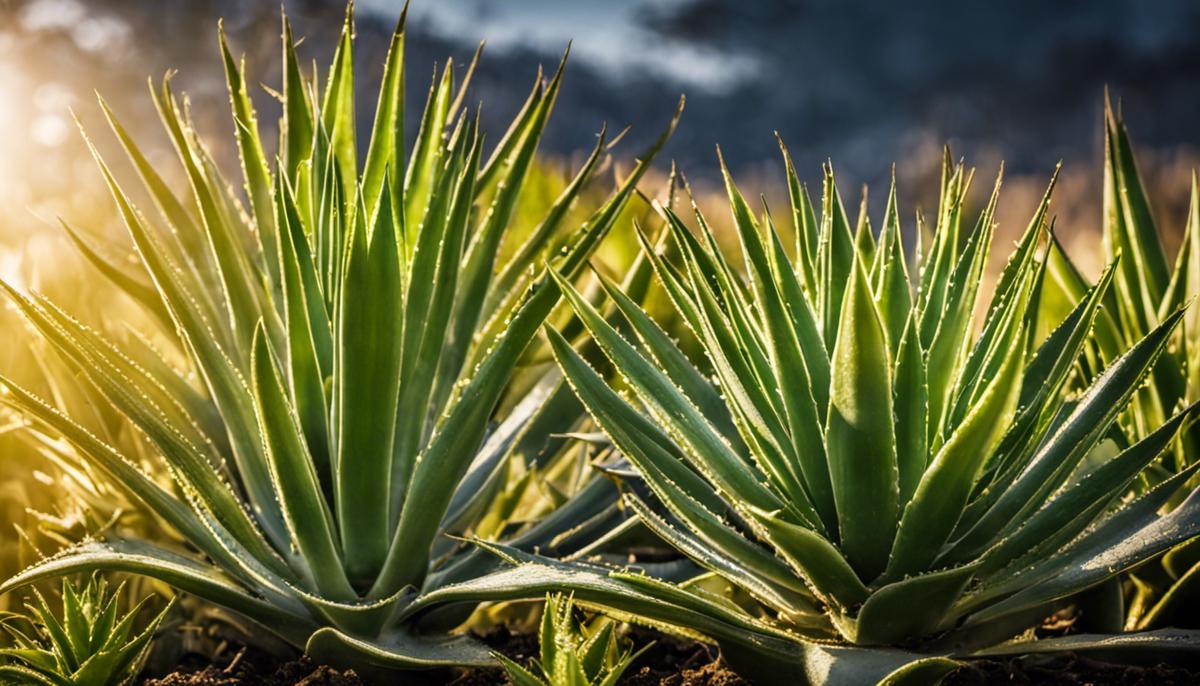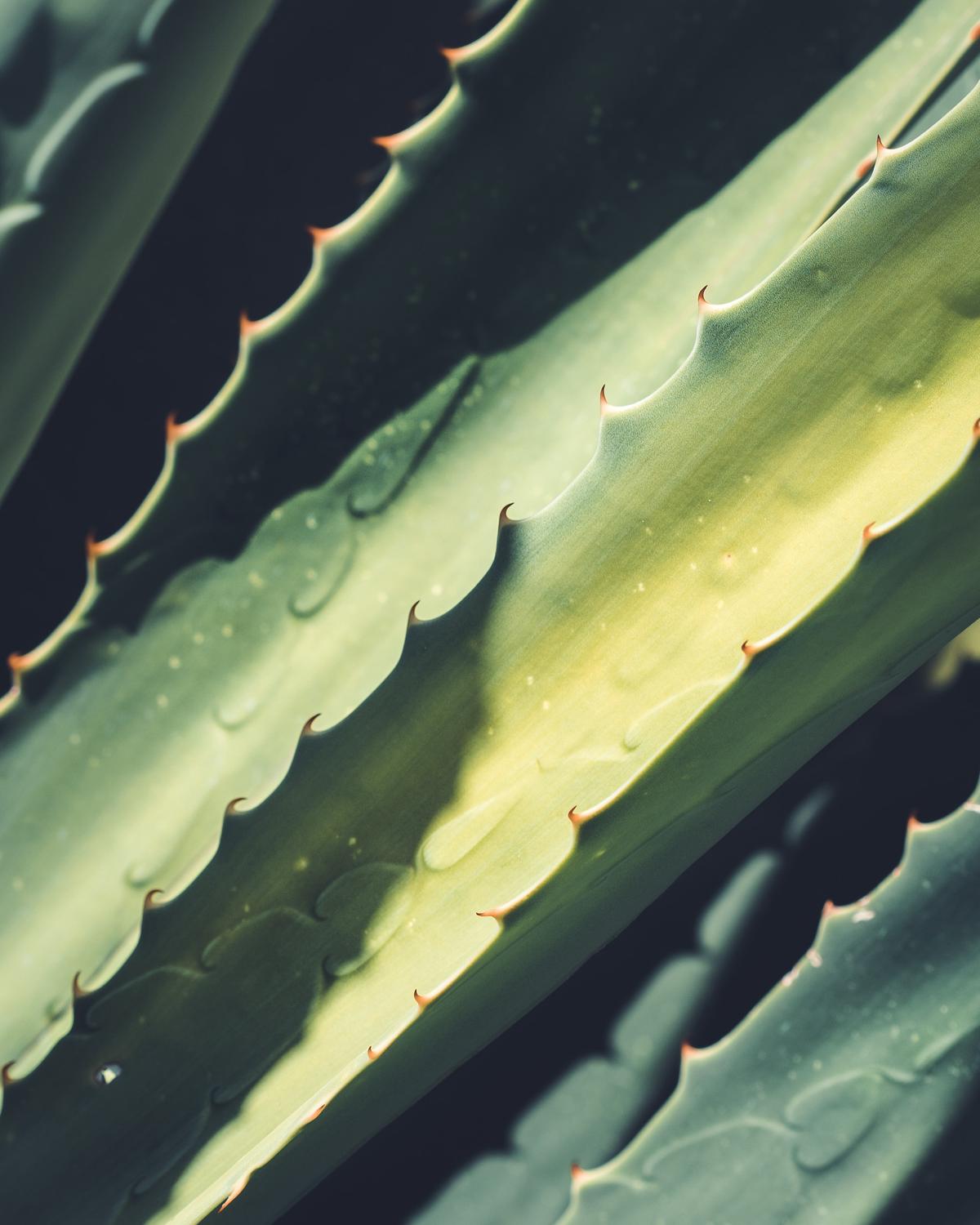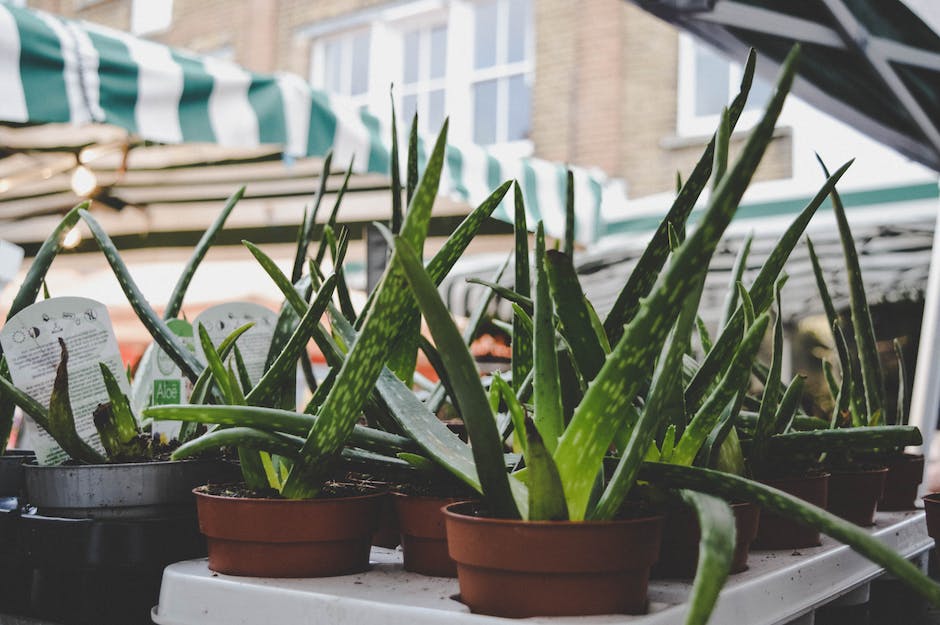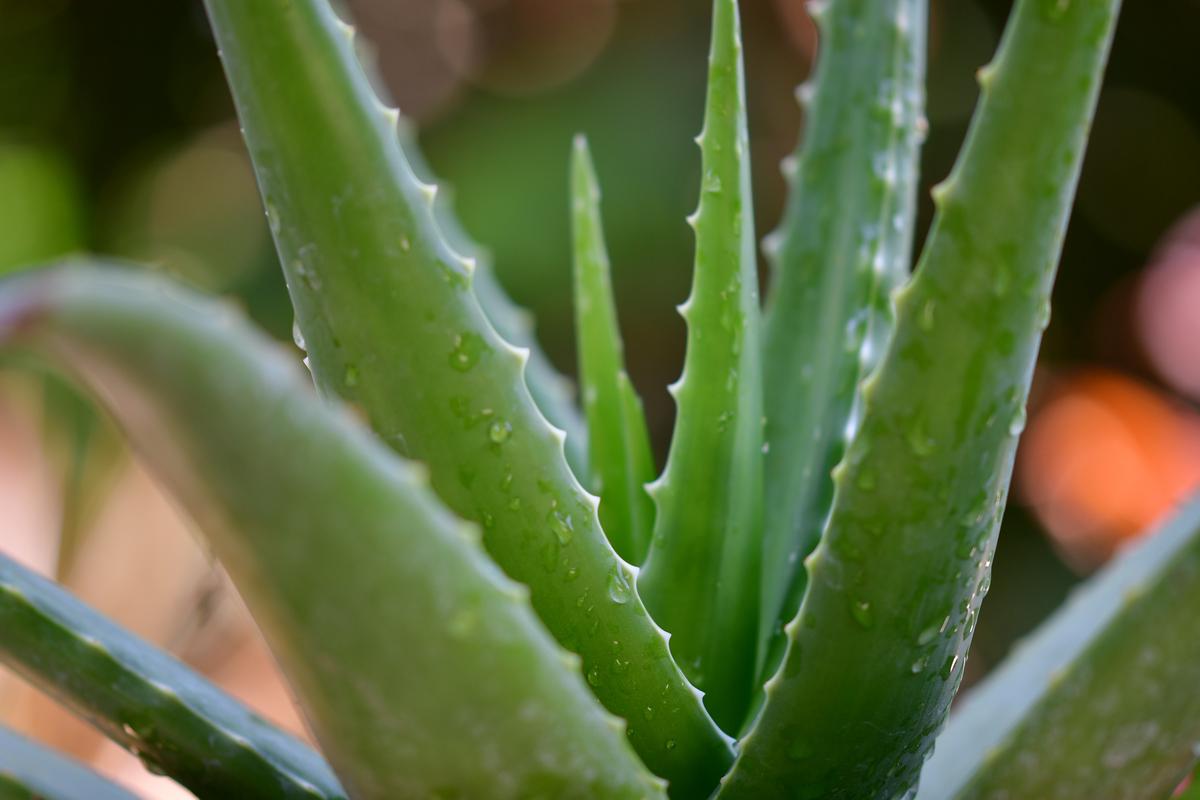Reviving Your Aloe Vera: A Simple Guide

Aloe Vera plants are an excellent addition to any indoor or outdoor garden with their ability to purify the air and provide healing gel. However, like any other plant, they require certain environmental conditions and care to flourish. Understanding these needs is crucial in maintaining their health and vitality. This includes familiarizing oneself with optimal light, water, and temperature conditions for Aloe Vera plants. Furthermore, recognizing issues early on, such as wilting, browning, and root rot, can potentially save your Aloe from reaching a state of distress.
Understanding Aloe Vera Needs
Straight to the important stuff! Here’s the scoop on caring for that lovable, multipurpose green companion, Aloe Vera.
Aloe Vera plants, known for their diverse healing properties, are relatively simple to care for. At the risk of playing favorites, there’s a lot to love about this succulent. It’s hearty, drought-resistant, and has a striking, unique appearance. But, to truly indulge in the numerous benefits that Aloe Vera has to offer, it’s crucial to understand the basic care requirements. So, let’s unravel the mystery of Aloe Vera care, one step at a time!
Available light is key when considering the home for an Aloe Vera plant. Lots of natural sunlight is a must. Therefore, any indoor place with a windowsill that receives a healthy dose of sunlight would be perfect. Southern or western-facing windows are prime spots. However, while Aloe Vera thrives in bright light, it’s still susceptible to scorching. If leaves appear brown or crispy, it’s time to consider making a move to somewhere that gets slightly less direct light.
Another noteworthy point is that Aloe Vera plants love room temperature environments — anywhere between 55 to 80 degrees Fahrenheit. A cold spell or exposure to chilling window drafts could be detrimental to their health, so it’s best to keep ’em cozy. But remember, these are desert plants, heat is hardly a threat, it’s the cold they’re more sensitive to.
Then the watering– it’s a dilemmatic task for most Aloe Vera enthusiasts. Overwatering can be disastrous and lead to root rot. So how much is just right? The general rule of thumb is to allow the soil to completely dry out between watering. One deep soak every 2-4 weeks should suffice, depending on the conditions.
Next up, the choice of soil. A quick-draining soil mix specifically formulated for cacti or succulents is the way to go. A mixture of soil, pumice, and coarse sand also does the trick. Remember, the objective is to mimic the natural, dry conditions of the Aloe Vera’s desert habitat.
Moving onto the matter of re-potting, mature Aloe Veras have a knack for quickly outgrowing their containers. When fresh shoots or pups begin to sprout up, it might be time to consider giving the plant a new home. Choose containers that are wider than they are deep to accommodate the plant’s shallow roots and potentially wide-reaching leaves. Always ensure to use pots with ample drainage to avoid soggy conditions.
Finally, those looking to propagate their Aloe Vera have an easy task ahead. Separate the pups or smaller plants that spring up at the base of a mature one, maintaining some roots if possible. Place the pup in a container with succulent soil mix, and you’re good to go! Just remember, patience is essential. Give the young plant some time to establish before initiating the regular watering regime.
And there you go – fundamental pointers on nurturing the ever-giving Aloe Vera. It’s clear now, right? Put in a modest amount effort, and watch this stoic, green warrior grow. Happy gardening!

Identifying Aloe Vera Problems
The Comprehensive Guide to Unveiling Your Aloe Vera’s Health Status
In our journey of developing green thumbs and becoming ideal plant parents, it’s crucial to learn the art of diagnosing plant health issues. This is especially true when tending to houseplants like the formidable Aloe Vera, known for its healing properties and air purifying capabilities. Unveil the secrets to a thriving Aloe plant by understanding these crucial signs of an unhealthy Aloe Vera.
Firstly, inspect the color of your Aloe Vera. A healthy plant will generally showcase a vibrant green hue. If you’re looking at a faded or consistently browning plant, it could be an indication of illness. Brown and crispy leaves could be a sign of sunburn, a situation rectified by adjusting the plant’s position to receive indirect light. On the other hand, yellowing may suggest overwatering, calling for a modification in watering routines.
Equally significant are the texture and firmness of your Aloe Vera’s leaves. Typically, they should feel firm and plump to the touch, a sign that it’s getting just the right amount of water. If the leaves feel thin and curl inward, your plant might be parched. Conversely, mushy and flat leaves suggest overwatering.
While interpreting leaf conditions, don’t forget to examine the stems. Healthy Aloe Vera plants feature sturdy stems that hold their ground. If you’re dealing with a drooping plant, it might be due to insufficient light or overwatering.
Every discerning gardener knows plant growth is an essential health indicator. Consistent growth during the growing season (spring and summer) is typical for an Aloe Vera plant. A growth standstill may be symptomatic of improper light exposure, nutrient deficiencies, or incorrect watering patterns.
Recognize the presence of pests and diseases. Keep an eye open for irregular spots or patches on your Aloe Vera. Watch out for scale insects – small brown or black bumps – on the leaves or stems. In case of a severe infestation, consider using a natural pesticide or insecticidal soap to eliminate the pests.
Finally, take the roots into account. Healthy roots are pale and firm, while black, mushy, or extremely dry roots denote root rot, a result of overwatering or poor drainage.
Answering the question, “Is my Aloe Vera plant unhealthy?” is certainly not a journey for the faint-hearted. Yet, it’s a challenge worth undertaking. Understanding these signs and appropriately responding is an essential part of tending to your Aloe Vera. Stay vigilant, make subtle modifications, and watch your verdant Aloe flourish. From one passionate plant parent to another, the journey is always worth it!

Reviving Aloe Vera Techniques
Is your Aloe Vera looking a little under the weather? Don’t surrender yet; we have ways of breathing some life back into it.
A paramount step in the revival process of an unhealthy Aloe Vera plant is the inspection of plant color. An Aloe Vera in good health typically exhibits a vibrant, soothing green. If your plant displays a pale, yellowish tone, or spots of white, it’s likely struggling. Furthermore, if spots of brown, generally indicating sunburn, cover a vast segment, a relocation may indeed be in order.
The texture and the firmness of the plant’s leaves are another key indicator of health. The leaves of a thriving Aloe Vera are usually firm and flexible on touch. If the leaves are thin, droopy, or mushy, note that something is out of balance. In some cases, saggy leaves can mean overwatering while crispy leaves might imply underwatering or an electrolytic imbalance.
When examining your plant, pay close attention to the stems. Droopy stems or leaves can be signifying that your plant isn’t receiving enough light, or maybe getting too much. If placed in a window, the leaves could be leaning toward the sun excessively or wilting from an overload of the intense rays.
Analyze the growth progress of your Aloe Vera. A good indication of health is consistent growth. If your plant’s growth stall, it could mean the nutrients in the soil have been used up and it might be time to refresh the soil or feed your plant a diet of fermented compost tea.
Vigilantly watch out for pebbly or consistent discolorations, unusual deposits, or perceivable insects as these are signs of pest infestation or disease. If caught early, natural remedies can be effective at controlling these problems. An example is neem oil, which battles many types of pests and fungi.
Finally, understanding the root health is vital. Root rot is a common ailment for Aloe Vera plants, typically resulting from overwatering, poor drainage, or a container without sufficient airflow. If you suspect root rot, remove the plant from its pot, inspect the roots, and trim away any soft, rotted root sections.
Implement these techniques and your beloved Aloe Vera will hopefully turn a corner. Remember the golden rule of successful Aloe Vera care: balance. It’s a delicate process, but with patience and knowledge, you can breathe life back into your green darling in no time.

Photo by pisauikan on Unsplash
Mastering various techniques to revive a struggling Aloe Vera plant can make a significant difference in the plant’s health and longevity. From repotting, changing its watering schedule, or adjusting its luminary conditions, a proper grasp of these methods will equip any Aloe Vera parent with the tools they need to maintain a thriving plant. Having an Aloe Vera plant is not only beneficial because of its various uses but also for the subtle stroke of nature it adds to your living or office space. Thus, investing in the knowledge and practices shared herein, not only ensures your plant survives, but it also allows it to accentuate its inherent beauty.



